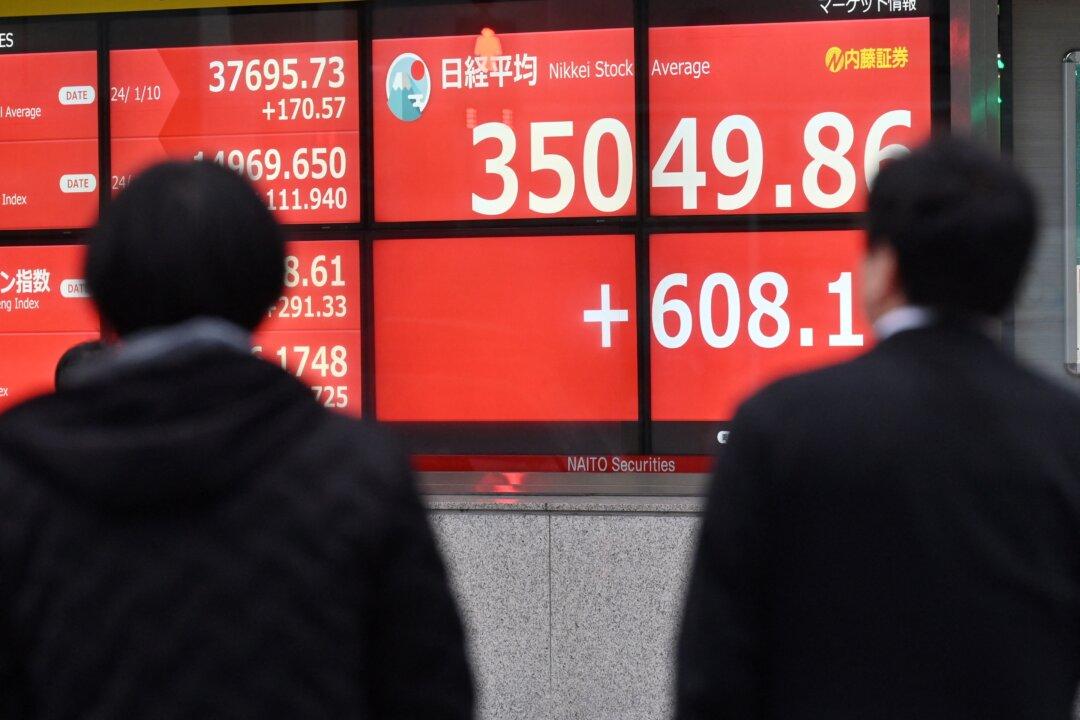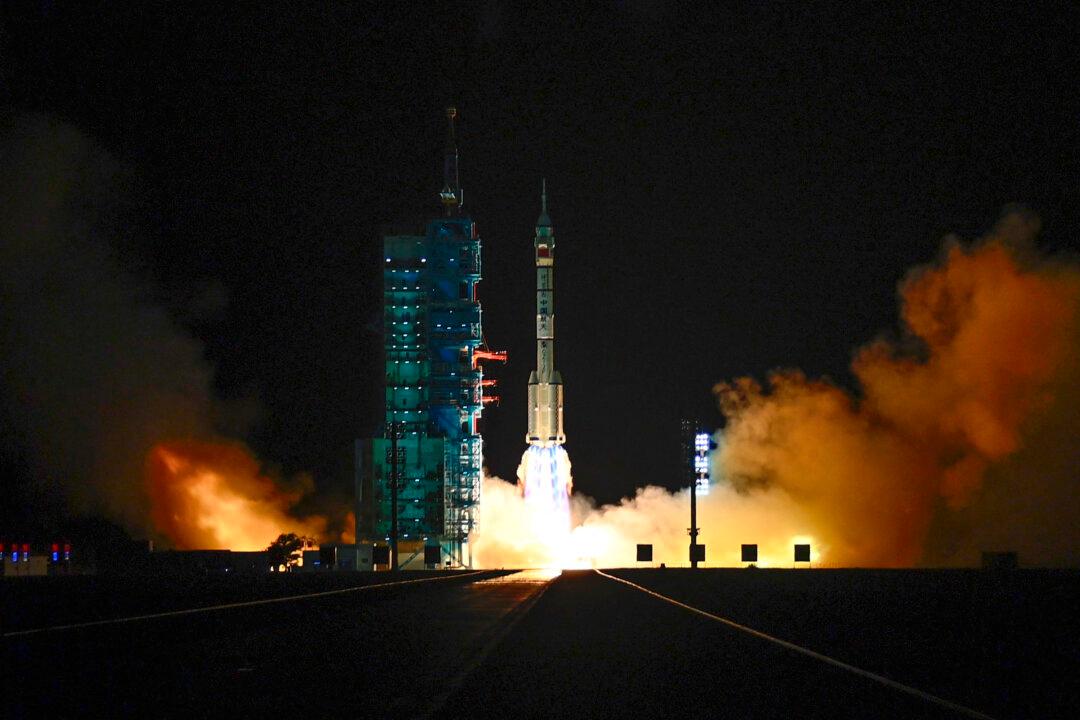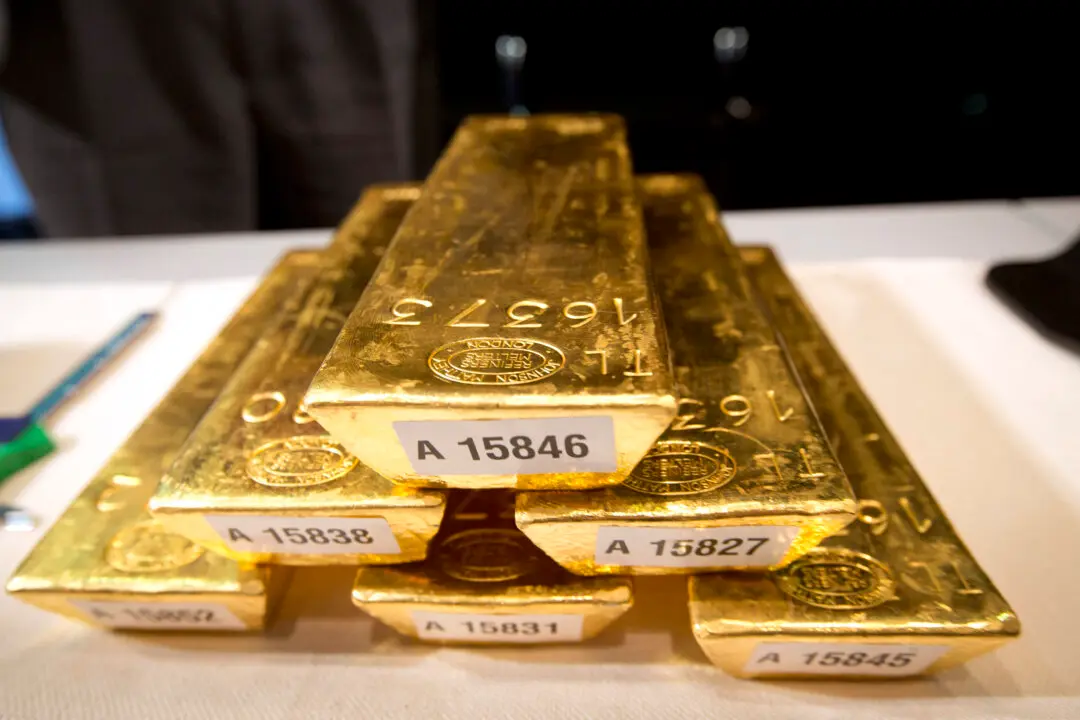The Year of the Dragon got off to a dramatic start for Japan with the magnitude 7.6 Noto earthquake on Jan. 1 and a fiery plane collision on Jan. 2 at Haneda Airport. Despite these adversities, the Japanese stock market has demonstrated remarkable resilience, starting the year on a strong note.
On Jan. 12, the Nikkei Stock Average reached an impressive 35,577 yen, marking a historic peak not seen since the aftermath of its economic bubble.





